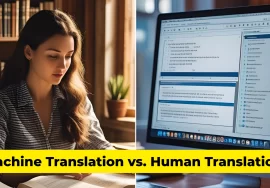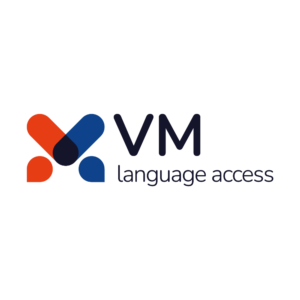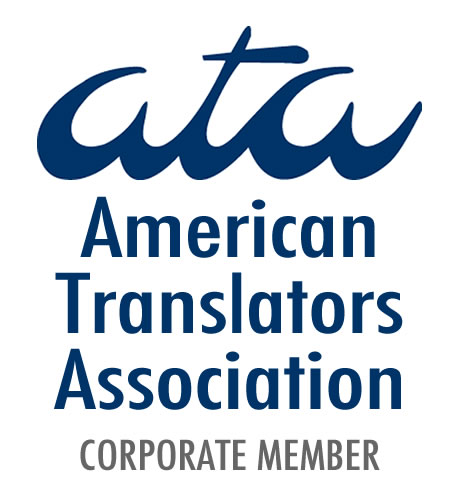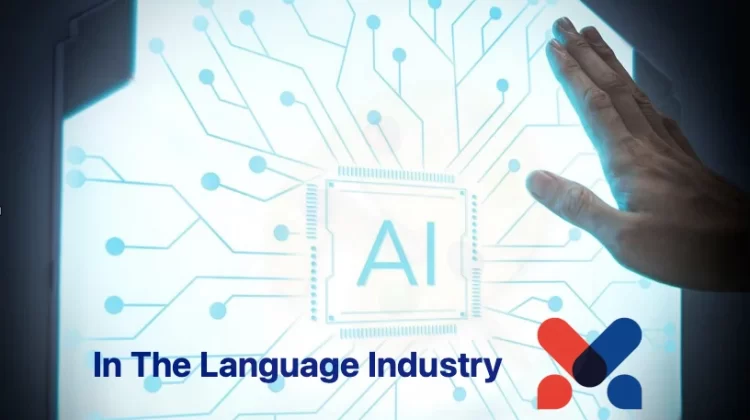
AI In The Language Industry
Definition of AI
Artificial Intelligence (AI) refers to the simulation of human intelligence processes by machines, typically computer systems. Artificial Intelligence enables machines to mimic cognitive functions such as learning, problem-solving, reasoning, perception, and decision-making. It encompasses a broad range of technologies and approaches that enable machines to perform tasks that typically require human intelligence.
The advent of Artificial Intelligence has brought about transformative changes in the language industry, particularly in the field of translation. AI technologies, such as machine learning and natural language processing, have revolutionized the way translations are conducted, significantly enhancing efficiency. Here are some key impacts of Artificial Intelligence in translation and the language industry:
- Efficiency and Speed: Artificial Intelligence enables translations to be completed much faster than before. Machine translation systems can process large volumes of text in a fraction of the time it would take a human translator. This has led to increased efficiency in translating documents, websites, and other content quickly. Even though Artificial Intelligence helps translate documents faster, human editors and proofreaders still need and must carry out a thorough editing to make sure the idiomatic expressions, fixed phrases, are translated properly, nuances that Artificial Intelligence cannot grasp.
- Cost-Effectiveness: AI-driven translation tools have made professional translation services more cost-effective for businesses and individuals. Automated translation processes save time and resources. However, Artificial Intelligence translation lacks cultural understanding. It may struggle with nuances, context, and cultural references that human translators would understand.
- Language Diversity: Artificial Intelligence translation tools have made it easier to translate content into multiple languages quickly. This has facilitated communication and information sharing across different linguistic groups, promoting inclusivity and accessibility on a global scale.
- Customization and Personalization: Artificial Intelligence allows for personalized and context-specific translations. Machine learning models can be trained on specific terminology or industry jargon, leading to accurate and tailored translations for specialized fields such as legal or medical translations.
- Quality Control: AI-powered translation tools often come equipped with quality control features that can identify and correct translation errors. These tools help ensure consistency in translated content and maintain the integrity of the original message. However, even though artificial intelligence can provide rapid translations, the quality may not always match that of a human translator, especially for complex or specialized content.
- Language Learning: Artificial Intelligence has also impacted language learning by providing learners with access to high-quality translations and language learning resources. AI-powered language learning applications can offer interactive exercises, pronunciation feedback, and real-time translation assistance to aid in language acquisition.
- Challenges and Limitations: While Artificial Intelligence has brought about significant advancements in translation, there are still limitations to fully replacing human translators. Nuances in language, cultural context, and idiomatic expressions are areas where Artificial Intelligence still struggles to match human capabilities.
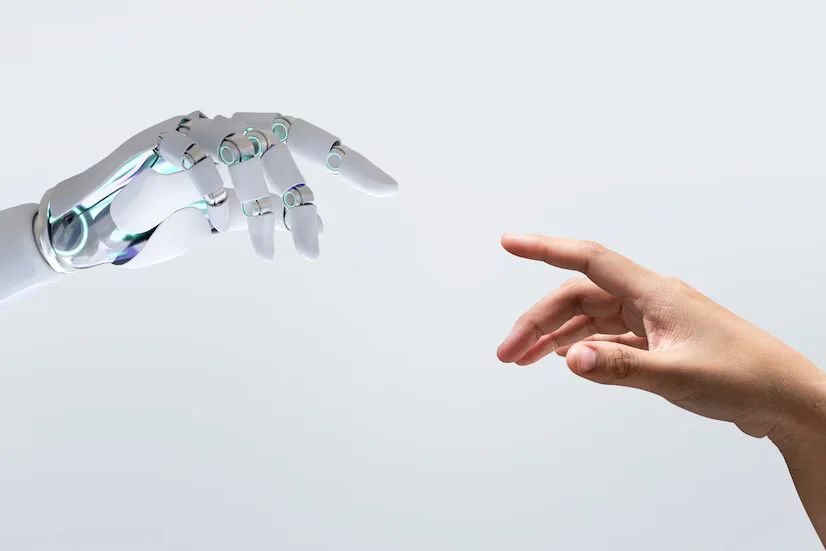
To sum up, Artificial Intelligence has had a profound impact on the translation and language industry, revolutionizing the way translations are conducted and opening up new possibilities for cross-cultural communication. The integration of AI technology in translation services has streamlined processes, offers some degree of accuracy, and increased accessibility to diverse linguistic communities. As Artificial Intelligence continues to advance, we can expect further innovations in translation technology, shaping the future of multilingual communication and collaboration.




